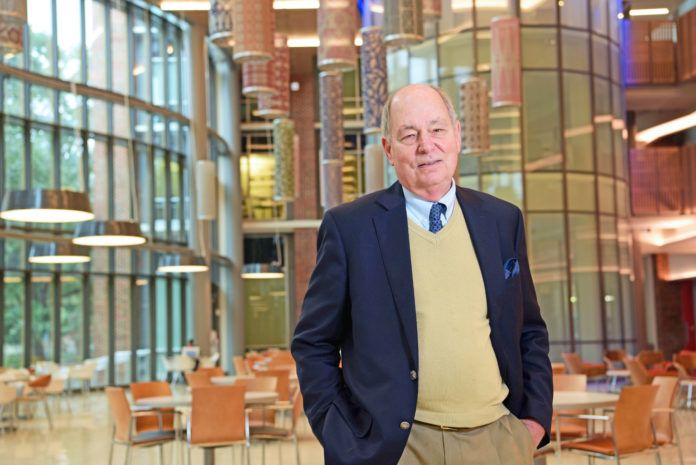In some ways, nothing has changed in the liquefied natural gas market. Proponents still expect unparalleled global demand and a significant supply gap over the next 10 to 15 years to necessitate a second, larger wave of LNG facilities and a swift ramp-up in production.
Nonetheless, it would be disingenuous to say the road to the next wave didn’t get a little bumpy in 2018. A destabilized political climate, increased competition and a changing price structure prompted many LNG owners to delay projects or postpone investment decisions.
In the first quarter edition of 10/12 Industry Report, Eric Smith, interim director of the Tulane Energy Institute in New Orleans, says the trade war between the U.S. and China undoubtedly had an impact. China is the biggest consumer of natural gas in the world, and its countervailing duties on LNG, in retaliation for U.S. duties on steel and aluminum, proved detrimental.
That hurt the industry in two ways—in the cost of construction and the marketability of the product. “A lot of the stuff that we use to build LNG terminals relies on some fairly exotic alloys that aren’t available from U.S. suppliers,” Smith says. “If you walk around a Cheniere LNG site, the internal tanks that are in contact with the minus-260 degree Fahrenheit LNG are all made out of a very specialized steel (from China). And if you’re getting ready for the next generation of LNG export terminals in Louisiana, that can be quite troublesome.”
Furthermore, an inability to line up contracts with Chinese customers played an undeniable role in dampening expectations. Australia’s LNG Limited last year postponed a final investment decision on its Louisiana export terminal, largely due to the trade tension.
The company now expects to make a final investment decision in the second half of 2019, the chief executive of the Australia-listed LNG developer said last month. “The trade war put a general malaise on the industry for signing new deals,” Greg Vesey, chief executive of LNG Ltd, told Reuters at the recent BloombergNEF Summit in New York. “That, coupled with historically low prices, and people don’t feel much urgency to sign long-term deals.”



